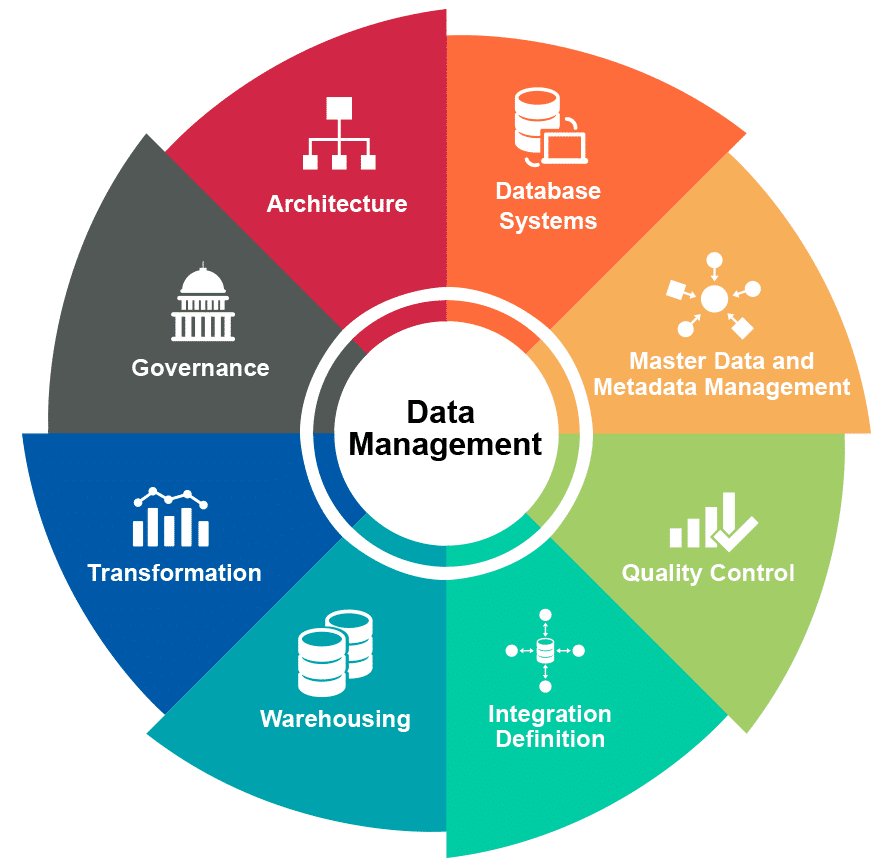Data Management On Multi-cloud
Today, multi-cloud has become the new buzzword for IT teams. Thanks to volumes of data moving all around the multiple clouds, along with things like IoT networks, on-premises, social and mobile applications. However, the hybrid cloud strategies do not often assure success unless it is developed on a strong data foundation from the ground-up. When it comes to the data related communications that remain centered around different applications, it comes with undermining the data storage and infrastructure layer. The modern-day businesses are required to have a well-integrated and holistic architecture, which aligns the data storage, applications and VMs that ten compass the multiple clouds seen over the premises. Let's dig in deep into Data management on Multi-Cloud as under:
Establish Data Visibility - The cloud offers a simple mechanism to organizations allowing them to leverage both new and existing sources of data. In an extra sensitive legal and regulatory landscape, the business should stick to the stringent compliance requirements about data storage and management. Establishing global data visibility has become one of the vital steps in allowing data accessible over the cloud platform of choice and yet going complaint, which does not put your business at risk. A majority of organizations, therefore, put their on-premises secondary data stored like the right candidates for data migration to the cloud. However, for any average enterprise, more than 50 percent of data is considered as “dark.”

Leverage software-defined storage - As per one of the studies carried out in 2014 by Digital Universe Study, a wide range of devices should have not grown over the past 200 billion. Data from the Internet of Things remains the key contributor and is expected to rise 44 zetta bytes of the total data by 2020 all across the world. Also, you get the opportunity to mine and study the data to drive and put an impact on the new business models. The key challenge comes in the form of addressing the requirements of data storage in an affordable method both for the transactional and analytic workloads that come along with different performance and capacity requirements allowing you to capitalize on the opportunities.
Prioritize data regulatory and compliance issues - Both the public and private organizations are seen facing the growing obligations when it comes to complying with several regulations like US Freedom of Information Act (FOIA), the regional laws and industry-specific data retention mandates and the European Union General Data Protection Regulation (GDPR). These regulatory requirements are backed by data sovereignty and nationalization endeavor that several companies all over the world are tasked to follow. All you need to do is to prioritize data regulatory and compliance issues.
Wrapping up
For meeting daily business requirements, many global enterprises are now seen relying upon the cloud infrastructure from a wide range of providers (like Azure, Google, AWS, or IBM). All you need is to offer effective solutions for the data and workload management for multi-cloud environments.
